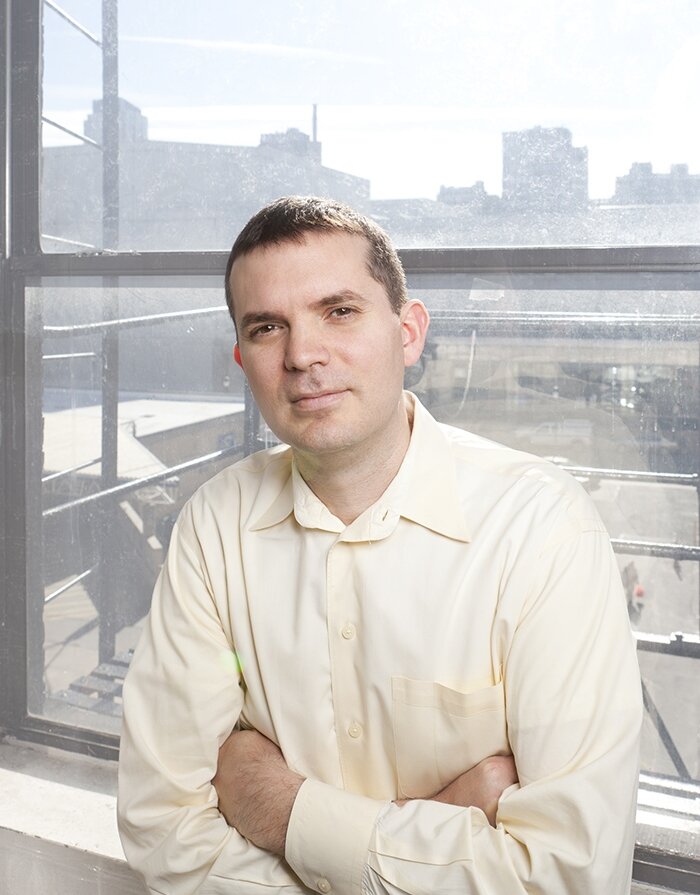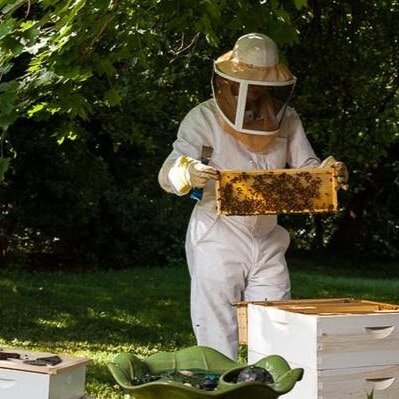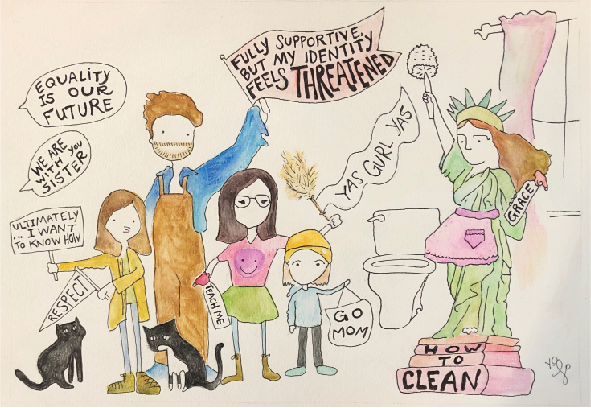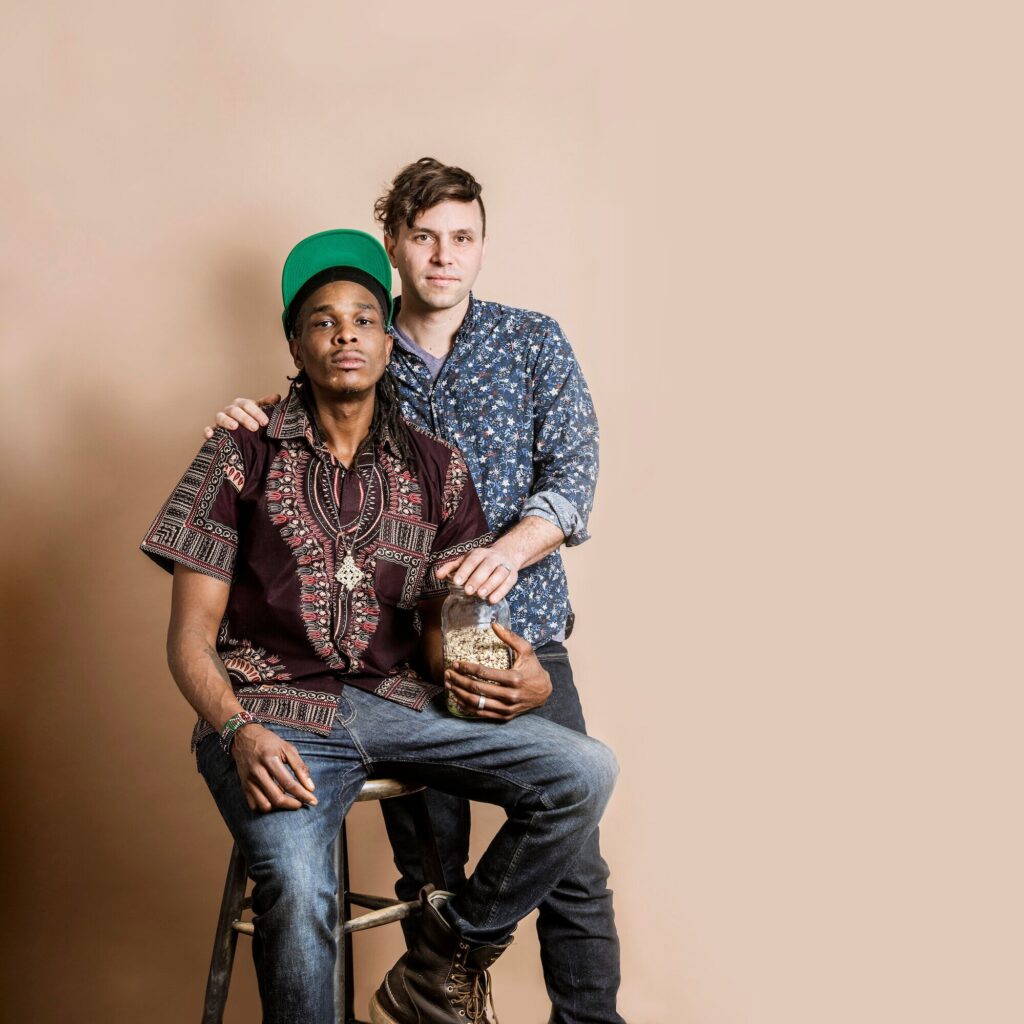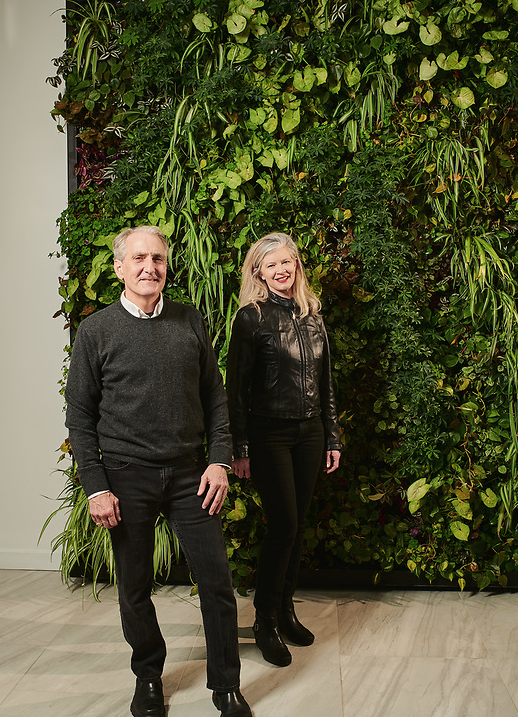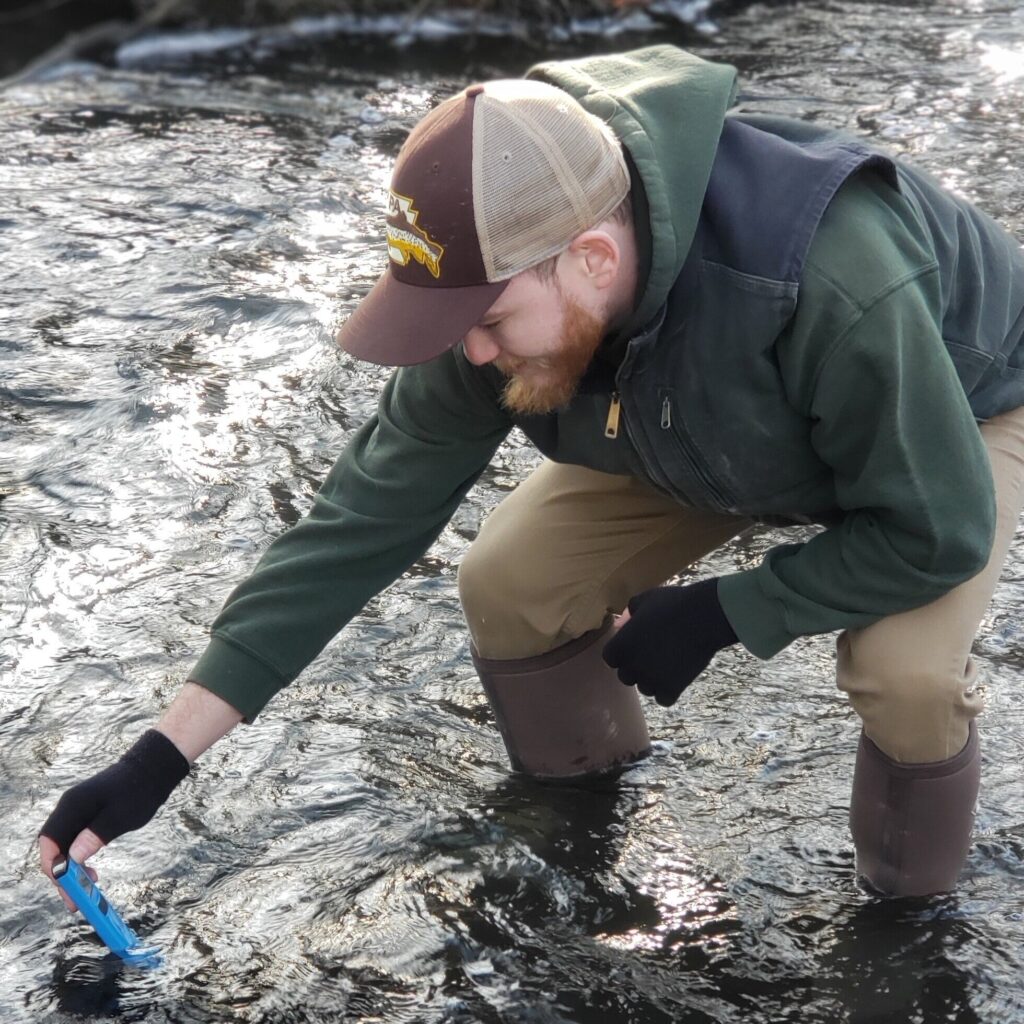In our story about vertical gardens on page 25, there is a statistic that astonishes me: Americans spend an average of 87 percent of our time indoors (and an additional six percent in cars). I ran my own numbers, and, even with a daily 60-minute bike commute, I am worse than average. Now that I have gotten out of the habit of a midday run, I spend about 96 percent of my life indoors.
Even if you add 30 minutes in for a run, that would only boost my outdoor time by two or three percent. Sure, those numbers improve in the Spring and summer, when the days are warmer and my kids are playing in the alley when I arrive home, and before I can even put my bike in the garage, I’m recruited for a wiffle ball game. Even then, my best day probably maxes out at three hours, or 12.5 percent, of outdoor time. It doesn’t seem like that much.
There are days when it gets to me, and I feel like I’m living in a prison. Sirens, car horns and the thunderous rattling of large trucks are the soundtrack in Chinatown, and the nearest green respite is the lawn at Independence Mall. I find myself wandering off the path there just so I can feel the Earth beneath my feet.
So one very logical conclusion is to address the large amount of time we spend indoors by improving them. At the forefront of this movement is the WELL Building Standard, “a performance-based system for measuring, certifying, and monitoring features of the built environment that impact human health and wellbeing, through air, water, nourishment, light, fitness, comfort, and mind.”
But wait, 87 percent of our lives are indoors? Doesn’t that seem utterly insane? Do we really need to endure jobs that require us to sit so long we need smartwatches to remind us to get up and walk around? Aren’t the health ramifications of sitting in a chair, slouched over a computer, so obvious that we should rebel? Or do we just need yoga classes at the office and walking workstations to remedy our unhealthy work conditions.
Any environmentalist will tell you that a sense of awe for, and connection to, the natural world is the best way to protect it. Before they protect, people need to love.
And true love has to be grounded. Owen Taylor started his company, Truelove Seeds, after being smitten by the act of seed saving, and understanding how that relates to the continuation of culture and the preservation of heritage. (He was also smitten by his husband, Chris Bolden-Newsome, who, in 2011, graced our cover for Grid #23. I’m fairly certain they are the first couple to be featured separately on our cover.) Bolden-Newsome works at Sankofa Community Farm at Bartram’s Garden. Its name is derived from a Ghanaian word which means, “It is not taboo to fetch what is at risk of being left behind.”
Here’s another jaw-dropping statistic to ponder. Indigenous people are 5 percent of the global population, but protect 80 percent of the world’s biodiversity. What is the wisdom that they possess? In the time of climate change, when our global industrial economy is annihilating the natural world, it’s extremely important to have a broader sense of history. Humans lived a long time without causing mass calamity to the ecosystem. We can, as a species, allow ourselves to return to something we risk leaving behind. We can rediscover our roots, and build our bridge to the future, with a handful of seeds.

